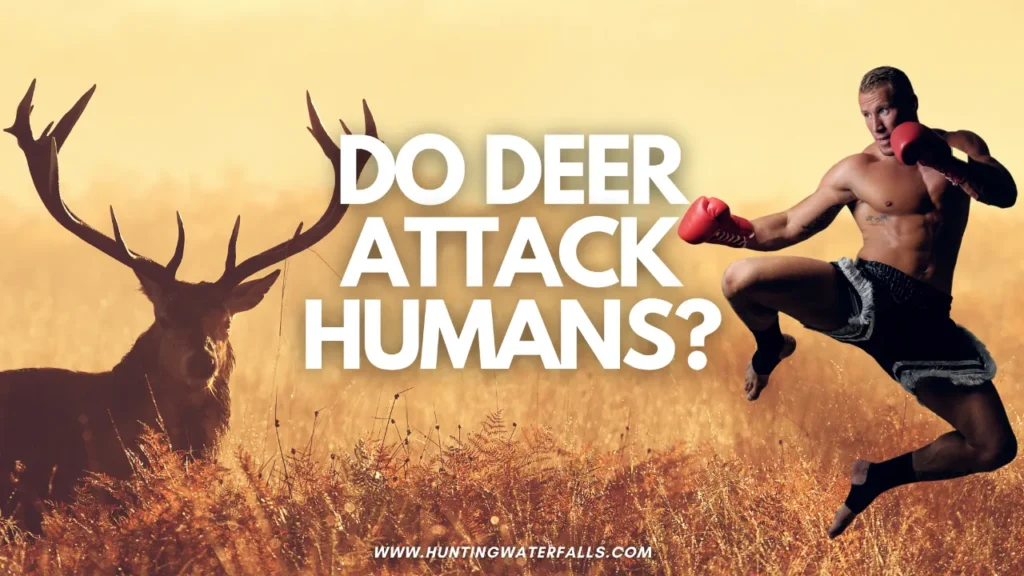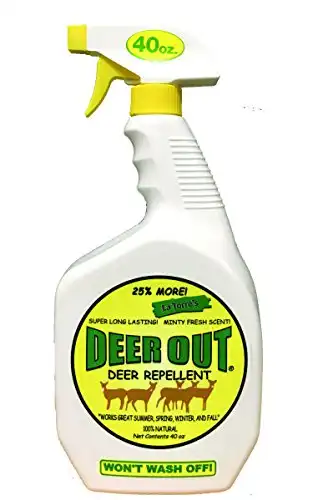In the national park near me they have started a deer control program because the amount of deer is starting to get out of hand.
Whenever I've gone camping and spot a deer it's been pretty exciting for me and the kids. The deer usually quickly scuttles off and I’ve always viewed them as timid creatures. However, I recently read about some instances of people getting injured by them.
Since I camp with my kids I wanted to find out the facts and how to approach a deer if I see one, or whether I should just avoid them completely.
Deer do attack humans but this is rare. They will only attack if they feel cornered, scared or sick, and have nowhere to run.
Male deer are more aggressive during the rutting/mating season in the fall and may charge and injure you if you’re in their way or they see you as a rival.
Females are more aggressive during fawning season when they have newborns and will attack to protect them if they feel they are threatened.
If you’re the outdoorsy type like me it’s worth understanding when a deer is likely to attack you, what injuries they can inflict and what to do if you encounter a deer in the wild.
When Do Deer Attack Humans?
Deer are naturally skittish and shy and will normally go into flight mode, run away and hide instead of fighting if they notice a human in the distance.
The only instances in which deer would attack humans are if:
It’s The Rutting Season

The rutting or mating season is in the fall when deer are ready to mate. Female deer go into heat while the males develop higher levels of testosterone, making them more aggressive and territorial.
During the rut, males are so intent on finding a mate that they will let nothing stand in their way, including humans. If they encounter another large creature (like a human) they may view the person as a rival and attack to protect their territory.
Female deer aren’t more aggressive during mating season but you should avoid them as well because there are probably males in the close vicinity.
A Female Deer Is Protecting Her Young
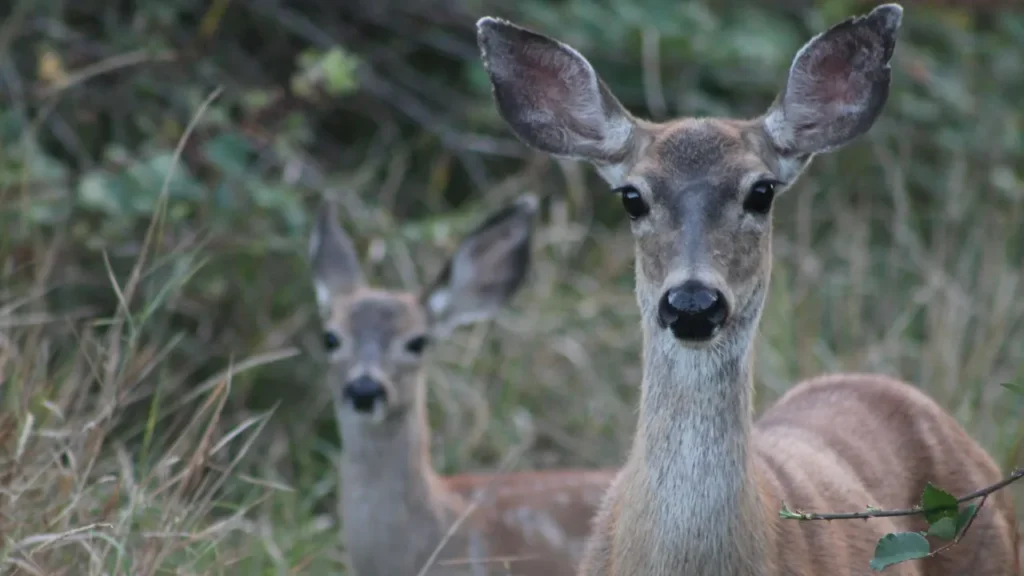
Female deer give birth during the spring months which is also known as fawning season.
During this time, they are highly protective of their fawns and will become aggressive and potentially charge if they perceive a human as a threat.
Doe sometimes leave their young alone, hidden in long vegetation but always within sight. This means that you should avoid approaching fawns in the wild even if they’re seemingly alone.
The Deer Is Vulnerable, Ill or Hurt
If a deer spots a human or other animal in the distance, its instinct is rather to run than confront.
However, if the deer is in a place where it feels cornered and has nowhere to run it will become scared and go into fight mode to protect itself.
If the deer is hurt or ill it may also feel vulnerable and try to protect itself as best it can.
How Can Deer Hurt Humans?
Male deer have strong antlers and are larger and heavier than females. This makes them more likely to inflict serious injury on you than females if you’re attacked.
Deer attacks are rare but can be fatal in extreme circumstances. According to the World Animal Foundation, around 120 people are killed by deer each year.
That's way more that I would have thought and it's definitely not a way I want to go out!
When they attack humans, deer charge and stamp and kick their hooves and also rear up their hind legs.
Their powerful and sharp hooves can leave bruises on your skin, lacerate it and cause internal organ damage or broken bones, depending on how powerful the kick was.
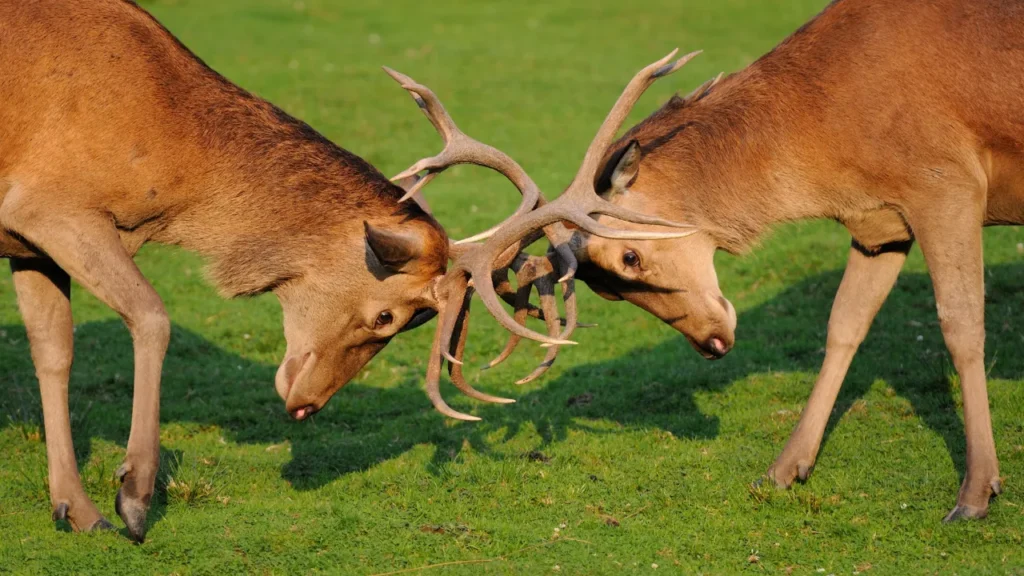
Male deer can stab you with their antlers which can cause anything from bruising and cuts to deep wounds, broken bones and lacerated organs.
What To Do If You Encounter Deer
Here’s what to do if you notice deer in the wild:
Back Away Slowly
Deer are more likely to attack you from the back than the front and may feel more scared or agitated if they see you running away.
It’s therefore better to back away slowly and to show the deer that you’re not a threat.
Avoid Hiking in Deer Populated Areas During the Rutting and Fawning Season
If you want to hike or camp during the rutting or fawning season (fall and spring) it may be worth checking if the area has a high deer population.
That said, if you still want to head out into a deer-rich area during this time stick to the trails or more humanly populated areas where deer are less likely to be.
Also, consider using some deer repellent at your campsite.
For over 20 years Deer Out is the trusted brand for professional gardeners, landscapers and farmers alike. Works Great!
Smells Great to Humans but Deer, Elk and Moose are naturally repelled. It's environmentally friendly using only natural ingredients. Safe for use around children and pets.
Keep Children and Pets Away
When camping or hiking in an area with a lot of deer, keep your pets on a leash to prevent them from approaching the deer.
Kids may also be tempted to move toward the deer (especially the smaller females and fawn) so keep them close to you and don’t allow them to approach the deer.
Learn the Signs of a Deer That’s About To Attack
Before deer attack they usually display certain warning signs:
- Walking parallel to you while keeping an eye on you
- Stomping or kicking their hooves
- Raised nose to detect the scent of the threat
- Walking in a determined, slow and stiff manner
- Holding the head and ears flat
- Tail tucked and held tightly against the rump
- Gazing at you unflinchingly when just about to attack
Don’t Panic and Find a Structure To Climb
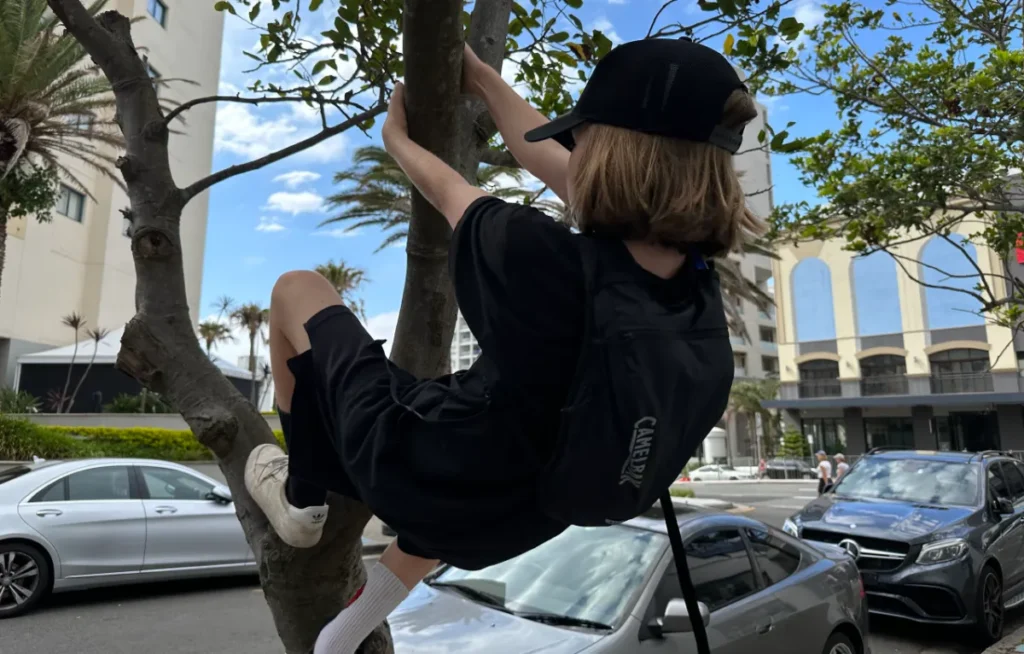
If you believe that a deer is about to attack you, don’t panic because you need a calm and clear head to overcome the threat.
Try and locate a tree, large boulder, fence or wall you can climb up to take yourself to safety. If there’s nothing around for you to climb, look for things you can use as a shield such as a large branch, rucksack, cooler box etc.
Once you’ve found something to climb or protect yourself with, remain as still as possible so that the deer can understand that you’re not a threat as they will then likely walk away.
If this doesn’t work and the deer is still intent on charging you, your best bet would be to try and scare the deer away by raising and swinging your arms, kicking, shouting and waving around any loose clothing you have.
Go Into the Fetal Position If Attacked
If the worst comes to the worst and the deer starts physically attacking you, curl up into the fetal position so you can protect your abdomen, head and neck.
If you’re being attacked by a male deer try to grab onto its antlers so it can’t stab you.

